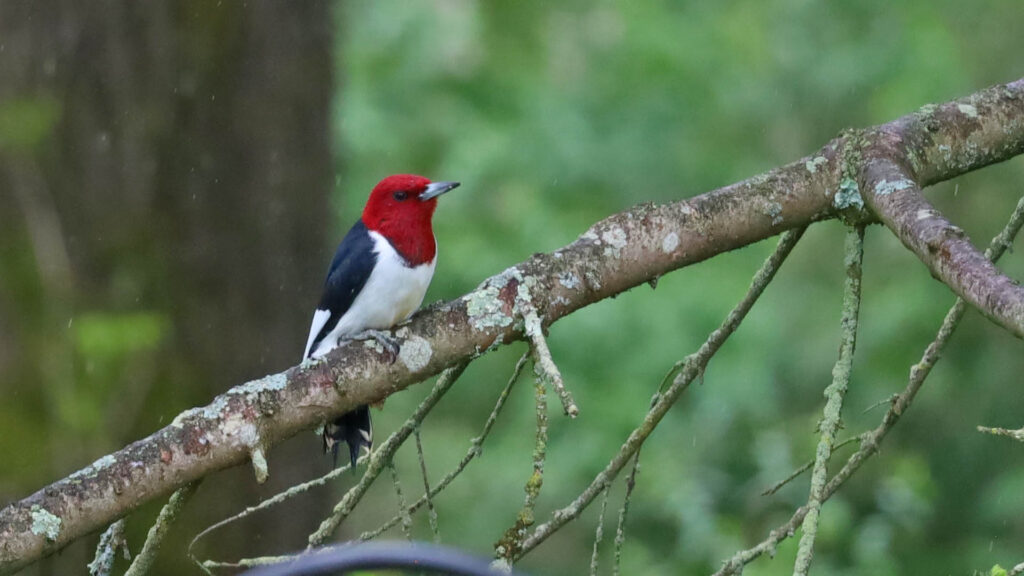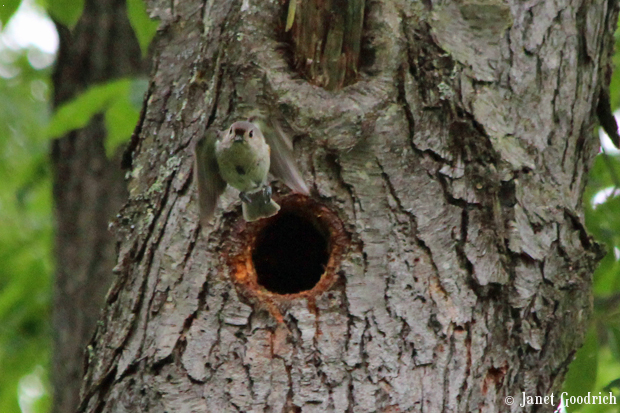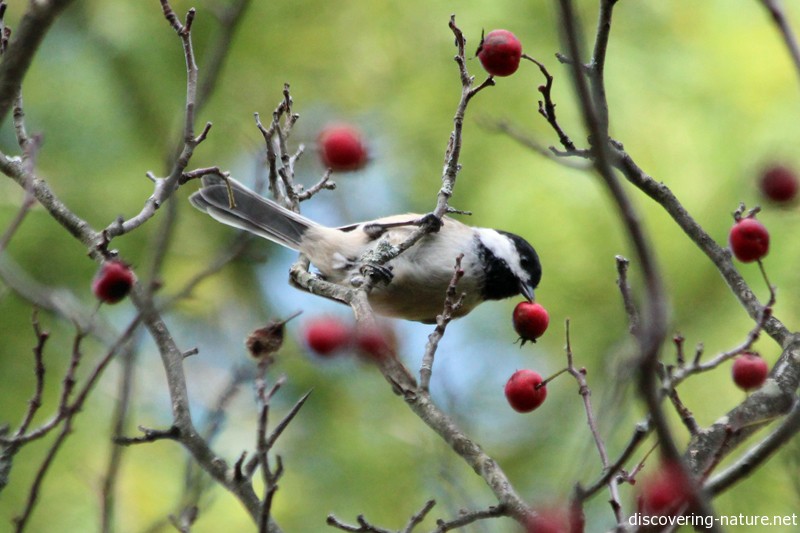Birds in the News
From time to time, I’ve bookmarked several articles related to birds and birdwatching. Revisiting them today, I notice a couple of trends.
Technology can help raise awareness.
Granted, this isn’t a new discovery for anyone who uses binoculars, a camera, or digital photo editing and sharing tools — or for that matter, anyone who’s used something like All About Birds to help with identification. But the AP posted this article recently about a newer development, the smart bird feeder, which was apparently a popular gift this Christmas. The story illustrates how when people install a feeder with a tiny camera that captures up-close views of their backyard visitors, they quickly become fans and develop a greater inquisitiveness and concern for them.
We love our feeders and witness many dramas and behaviors that reinforce the desire to support them in their day-to-day needs. I can imagine how captivating these smart feeders must be – the videos they can capture are amazing!
If I could make one small suggestion, though, for the designers of such things, how about adding tiny cat patrol cams you can install on feeders as well – perhaps ones that make a loud barking or growling sound when a cat comes within a 20-foot radius of the feeder?
I don’t dislike cats, but I choose not to own one, and I choose to feed the birds. Why should it be okay for other people’s cats to come into my property? They don’t need to kill to eat. They hunt, torture and kill things, then go home to a balanced meal of Fancy Feast. I don’t think they should be released to prowl freely, but since I don’t see the practice ending. I’d love to have an effective repellent that would keep them away from my own small territory.
Birds seem to be having navigational problems.
The migration that some species undertake each year is one of their most mysterious and amazing traits. How do they manage it? How do they know when to do it? How do such tiny, fragile creatures survive it?
From time to time, though, an outlier seems to get lost. This article describes a blue rock thrush sighted for the first time in the U.S. back in the spring. And this one tells of a Stellar’s sea eagle that has taken a wrong turn — two years in a row — and ended up in Canada instead of Japan. It’s a little sad that “Stella,” as she’s been named, builds a nest despite there being no males in her chosen habitat.
Is this a new thing? Or is it just that more people are noticing, and the news travels more efficiently? I remember once we had a yellow-headed blackbird in our area — far, far off course. And the red-headed woodpecker that was in our neighborhood briefly earlier this year is not thriving as a species, but its habitat is usually south of us. Maybe there have always been outliers, but it makes one wonder if there might be something going on. We read about the disorientation whales experience when offshore wind installations introduce new noises and disrupt shipping routes, and some think it’s related to the spike in dead whales over the last few years. In the bird world, windmills and tall, many-windowed buildings have greatly increased deaths. I can think of factors — noise, air pollution and smoke, etc. — that might influence bird migration, though I haven’t seen any info so far.
Sometimes the innovations intended to help nature carry unintended costs to nature, and we don’t know the consequences right away. But it bothers me when consequences are known and suppressed because they raise questions about developments that are supposed to be positive. Nature is complex, and all unexpected consequences should be shared as openly as the good intentions that might trigger them.
All of which is to say, I like that major news sources write about birds, from the backyard songbird to the intercontinental traveler — and I love to see the community of ordinary backyard nature observers growing. The more we look, the more we see.



